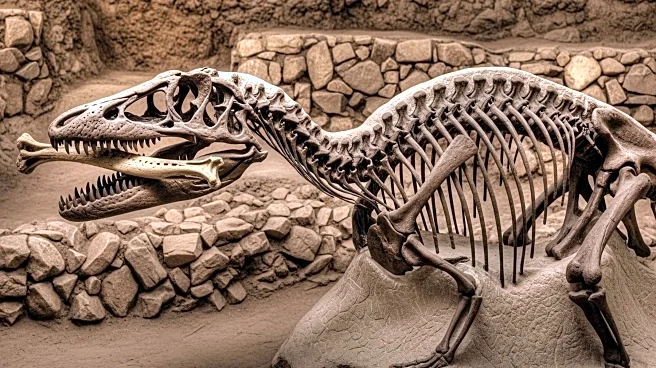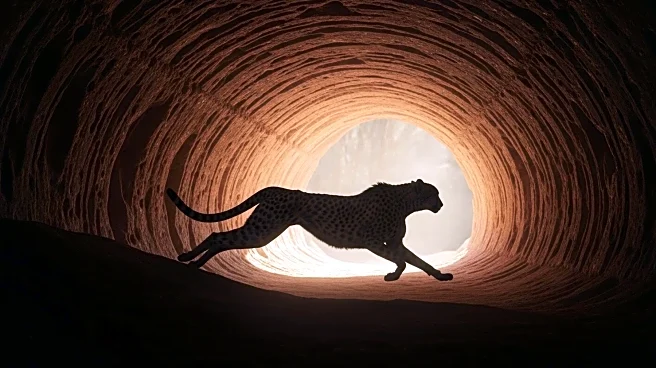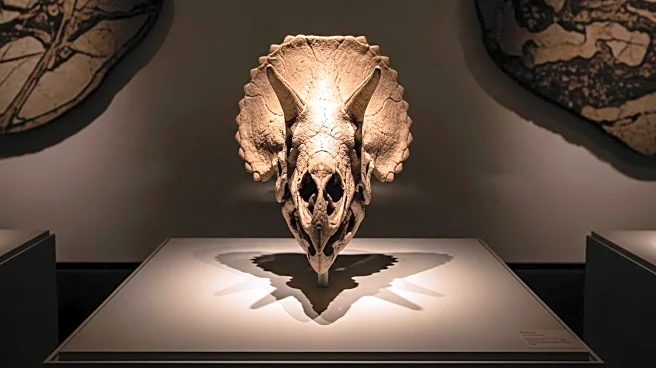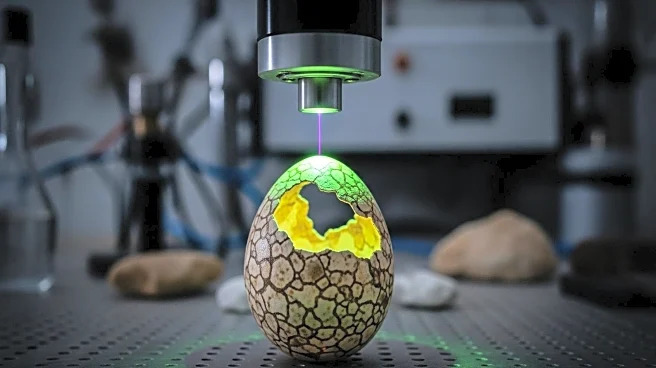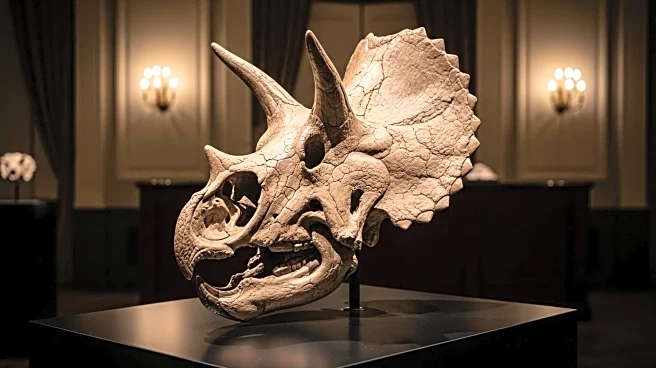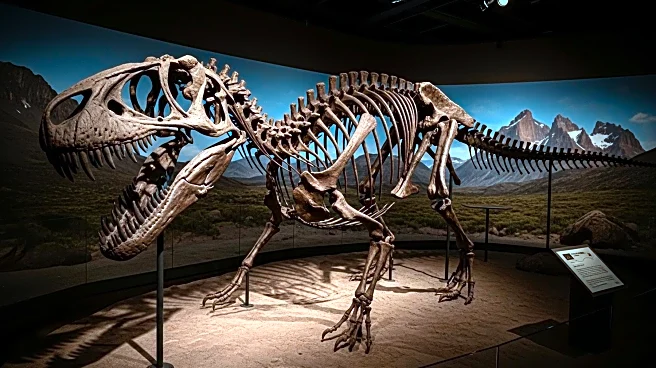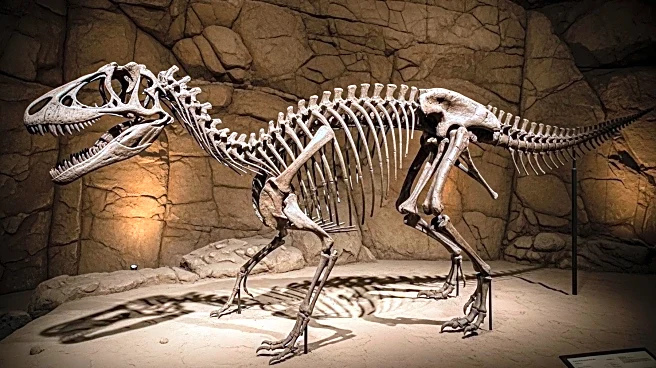What's Happening?
Recent paleontological discoveries have unveiled amber samples dating back 112 million years, providing a detailed snapshot of ancient forest life. These samples, found in Ecuador, contain preserved arthropods such as beetles, flies, and spiders, offering a unique glimpse into prehistoric ecosystems. The amber, a hardened tree resin, has preserved the exoskeletons of these organisms, allowing scientists to study them as if they were freshly deceased. This discovery is significant as it provides insight into the early relationship between flowers and pollinating insects during the Gondwana supercontinent era.
Why It's Important?
The discovery of these amber samples is crucial for understanding the evolution of ecosystems and the role of insects in pollination. By examining these preserved organisms, scientists can gain insights into the biodiversity and ecological interactions of ancient times. This research could potentially inform current studies on biodiversity and conservation, highlighting the importance of preserving natural habitats. Additionally, the findings challenge the fictional premise of DNA preservation in amber, as popularized by the film Jurassic Park, emphasizing the limitations of DNA stability over millions of years.

